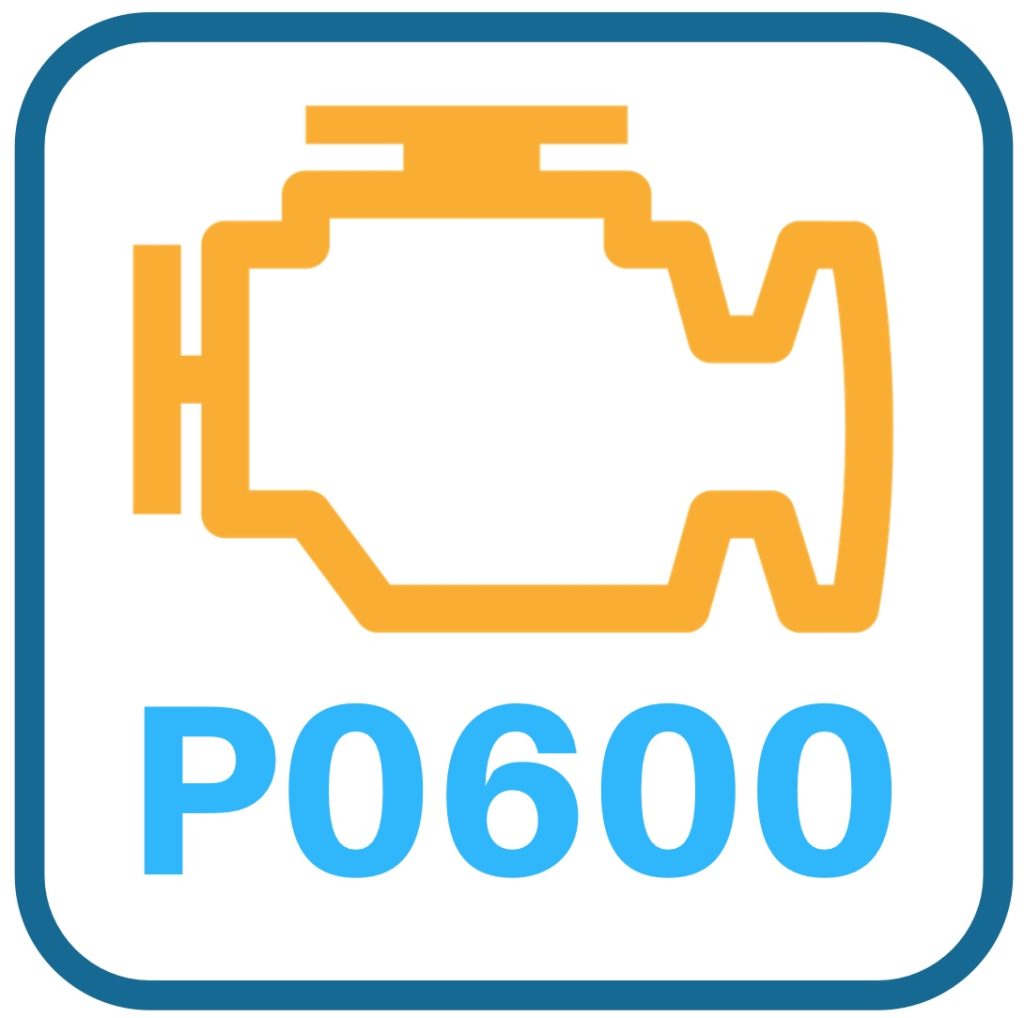P0600 is a relatively uncommon OBD2 trouble code. It indicates that there’s been a communications failure between the ECM and one or more of the separate modules that it communicates with.
While P0600 is generic, it is most commonly seen in slightly older high-end luxury cars, such as Mercedes, Audi, and BMW. But, it can be found in any vehicle made for the 1996 model year and up.
Definition: P0600 Serial Communication Link

Modern vehicles use a network of high-speed data wiring to connect modules to the ECM. Each module has a specific system that it controls.
How many modules your vehicle has depends on the year, make, model, and options. As a rule, the newer the car or truck, the more modules it’ll have. Here are some of the common modules that can be linked to the ECM:
- Ignition system
- TCM
- Traction Control
- ABS
- VVT
- Transmission Control
- Cruise
- Lane Assist/Road Departure
- Turbo Module
- Windows/Sunroof
- Airbags/Safety
- Body Control Module
- A/C
If ANY of them lose contact with the ECM, P0600 will be thrown, and the check engine light will come on.
P0600 Symptoms
The symptoms of P0600 will depend on which module lost communication with the ECM.
For instance, if you have a transmission that isn’t shifting correctly, it’s fair to assume the transmission control module has lost communication. Airbag light? Inspect the airbag module and so on.
P0600 Causes & Diagnosis

Before doing anything else, check to see if any other codes have appeared with P0600. They can give you a clue as to which module is faulty.
For example, if you have P0300, an ignition-related code, you can inspect the ignition module. P0700 indicates an issue with the transmission control module, and you’d want to look at the connection between it and the ECM.
If there are no other codes present, it’ll be tough to track down which module is causing the problem. When this is the situation (and even if it’s not), we recommend taking it to a mechanic with specialized diagnostic equipment to access the BUS system. They can make short work of diagnosing P0600.
P0600 is most likely caused by the following three conditions:
1. Module Connections
Check where the module in question connects to the wiring harness. Check to make sure that the pins are in good shape and corrosion-free. The module wiring will often run through one or more BUS junctions before finding its way to the ECM.
2. Ground
The ECM, data BUS, and module in question both need a good ground to operate. Verify that it is in good working order.
3. Bad Module
If the module itself has gone bad and is not responsive, P0600 will be thrown. Wiring issues are more common than the module itself going bad.
Conclusion
The real problem with fixing P0600 at home is that everything is so hard to get to (under carpet, behind a panel, etc…) So we recommend taking it to a professional on this one (a very rare recommendation on this site).
